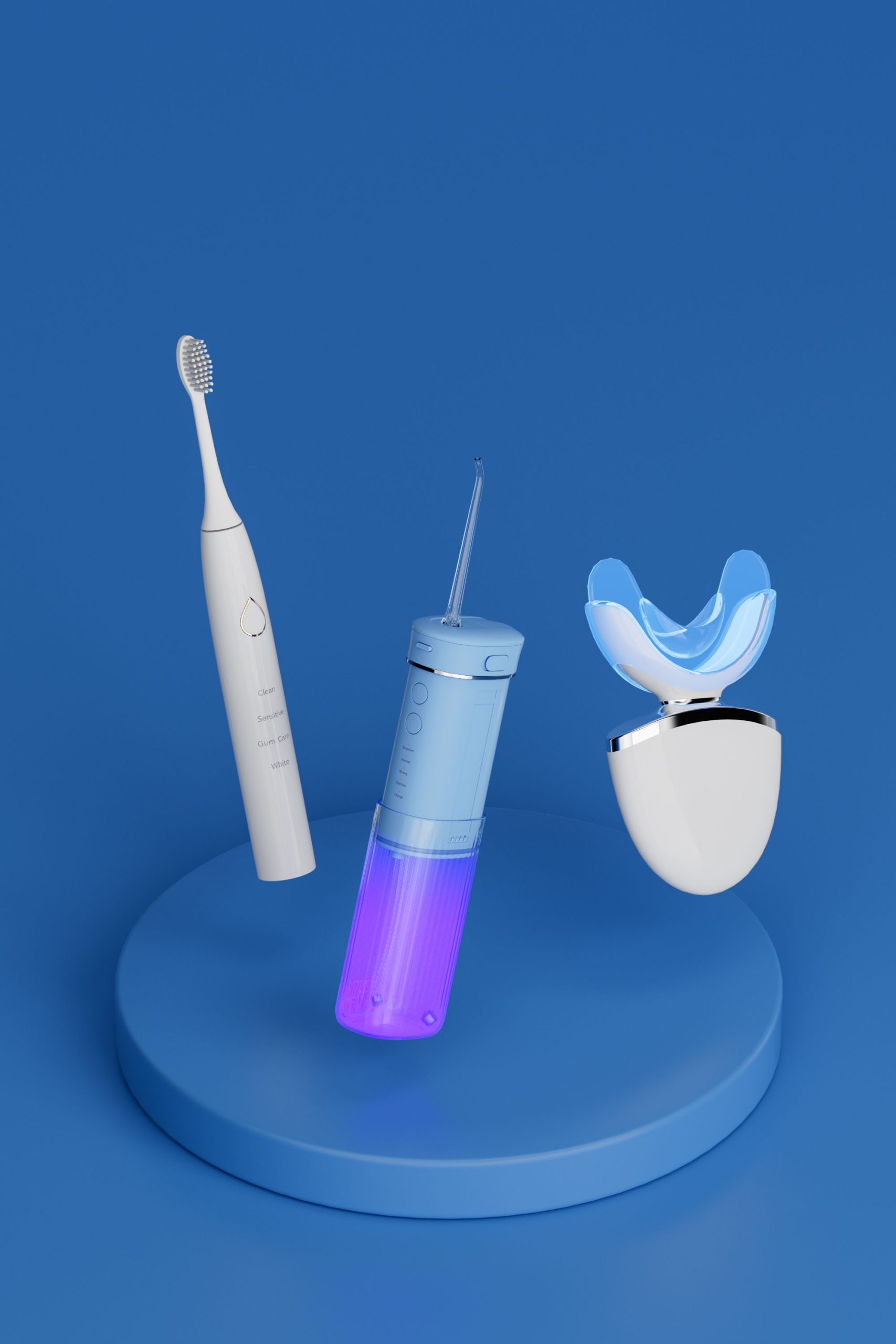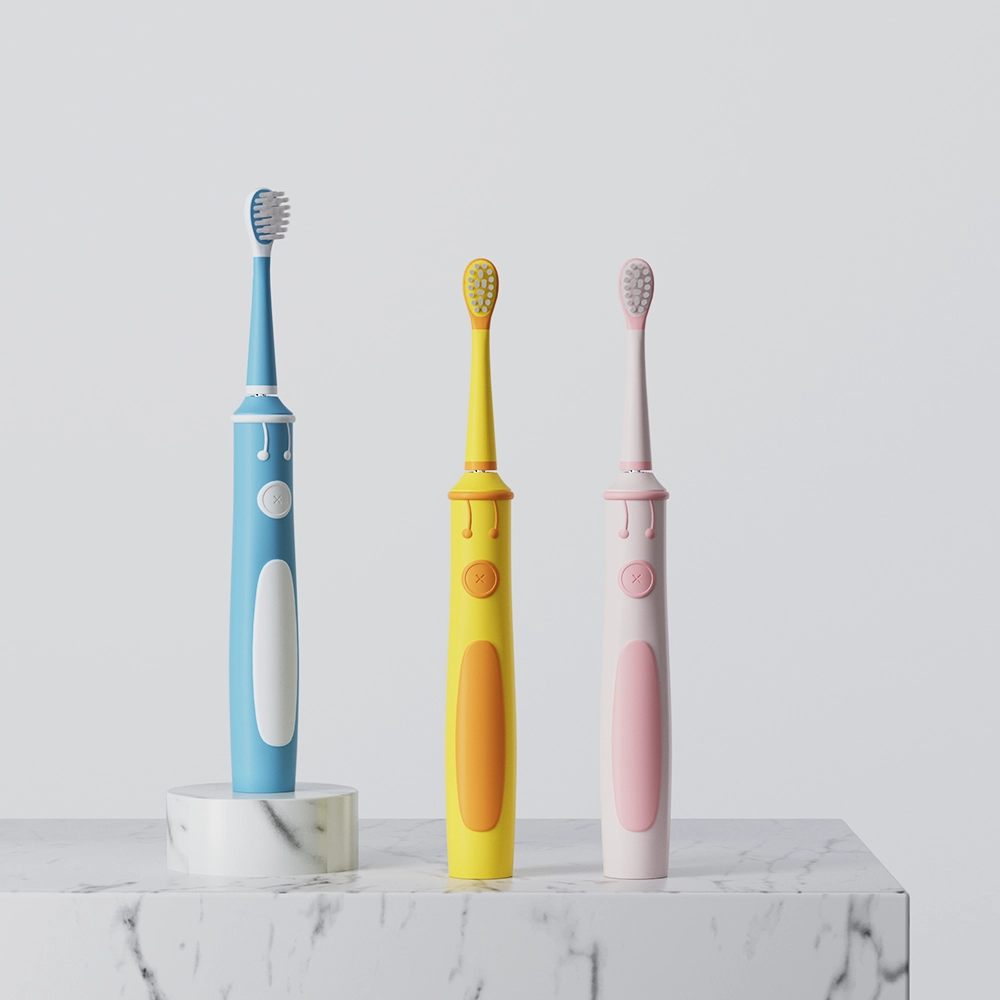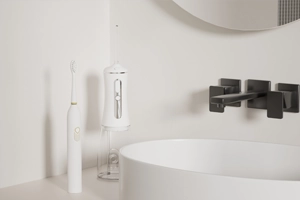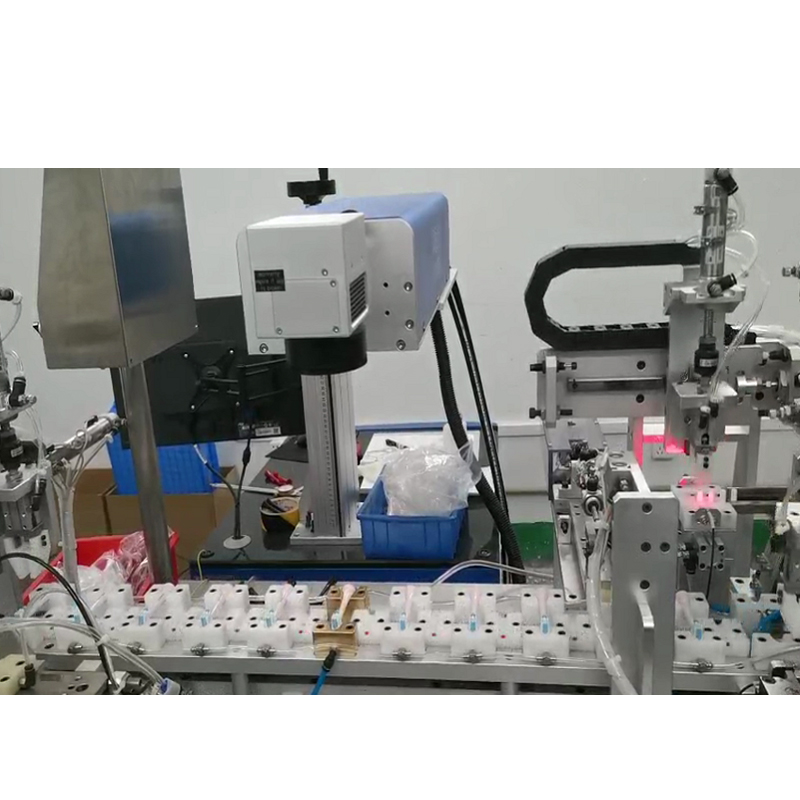The electric toothbrush market is growing rapidly, with innovations not only in brushing technology but also in charging methods. As manufacturers, understanding the different electric toothbrush charging methods is crucial, particularly the debate between wireless charging vs contact charging. This blog explores the advantages and challenges of both methods, providing insights into which option is best for your OEM electric toothbrush products and how to choose the right charging system for your customer base.
Wireless charging, also known as inductive charging, has become a popular choice in consumer electronics, including electric toothbrushes. This method works by transferring power through an electromagnetic field between the toothbrush and its charging base.
Convenience: No need to plug in the toothbrush directly, reducing wear and tear on connectors.
Waterproof and Durable: Since there are no exposed charging pins, wireless charging systems are more resistant to water damage, a critical factor for electric toothbrushes.
Sleek Design: Wireless chargers allow for cleaner, more minimalist designs, appealing to modern consumers who value aesthetics.
Longer Charging Times: Compared to contact charging, wireless charging may take longer to fully charge the toothbrush.
Higher Cost: The technology behind wireless charging can add to production costs, which might not be ideal for certain price points.
Contact charging, on the other hand, is the more traditional method. It involves a direct connection between the electric toothbrush and its charging base, typically using metal contacts or pins.
Faster Charging: Generally, contact charging delivers faster power transfer, making it ideal for consumers who need quick recharges.
Lower Cost: The components for contact charging are less expensive to manufacture, which can help keep the overall cost of the toothbrush lower.
Proven Technology: Contact charging has been around longer and is more widely adopted, meaning it’s a tried-and-true method.
Wear and Tear: Over time, the charging pins or connectors can degrade, especially if exposed to water or dirt.
Less Aesthetic Flexibility: The need for exposed charging pins can detract from the sleekness of the toothbrush design, making it less attractive to consumers seeking minimalist options.
When deciding between wireless charging and contact charging for your OEM electric toothbrush line, consider the following factors:
If your target market values design and convenience, wireless charging may be the preferred option.
If speed of charging and affordability are key considerations, then contact charging could be the better choice.
Premium or high-end models are more likely to benefit from the appeal of wireless charging, while budget-friendly toothbrushes may focus on contact charging to keep costs low.
Wireless charging typically requires more complex systems, potentially increasing the manufacturing costs, which should be factored into the pricing strategy for OEM electric toothbrush production.
The ongoing development of charging technologies presents exciting opportunities for electric toothbrush manufacturers. Innovations in wireless charging systems, such as faster charging speeds and more efficient energy use, are likely to reduce some of the current drawbacks.
Additionally, hybrid charging systems combining wireless and contact charging may emerge, offering flexibility and maximizing convenience for consumers. These advances could open the door for new designs and functionalities in OEM electric toothbrushes.
Both wireless charging vs contact charging have distinct benefits and limitations. Ultimately, the choice between the two depends on your target market, the positioning of your brand, and your manufacturing capabilities.
For OEM electric toothbrush manufacturers, understanding the specific needs of your customers and aligning those needs with the right charging technology is key to creating a successful product. By evaluating the electric toothbrush charging method that best matches your brand’s vision, you can offer high-quality products that meet the expectations of modern consumers.
Need help with selecting the right charging method for your next project? Contact us to discuss how we can support your OEM electric toothbrush needs with the latest charging technologies, ensuring both performance and innovation in your product line.
Would you like to dive deeper into the technical aspects of wireless charging or explore other charging technologies for your products? Let us know!https://www.powsmart.com/contact-us/

PowSmart’s Commitment to Quality: What Sets Our Oral Care Products Apart

Why Kids’ Electric Toothbrushes Need Antibacterial Materials
Does Cold-Light Teeth Whitening Aggravate Enamel Wear?

Beginner’s Guide to Water Flosser Pressure Settings
Hydrogen Peroxide Concentration & Motor Durability: Linked?

Can Blue Light Teeth Whitening Devices and Whitening Gels Be Used During Pregnancy?

Electric Toothbrush Laser Engraving LOGO Process: How to Set the Depth, Speed and Power Parameters?
Are Filter Degradation and Voltage Drops Linked?

Small Batch Purchase of Red and Blue Light Teeth Whitening Devices and OEM Factory Sourcing Strategy
.jpg)
Why Choose ADA Approved Electric Toothbrush in Chicago?
.jpg)
Overbrush Habit Causing Pulp Inflammation – Irreversible?

Waterproof Design Flaws of IPX7 Water-Resistant Water Flossers: Solutions to Seal Ring Aging and Water flosser Ingress Failures
.jpg)
Gentle Oral Care Products for Sensitive Gums: A Guide for Brands Seeking the Right Manufacturer

Comparison of Performance & Price of Different Motors for Water Pumps for Dental Flossers
Can Excessive Vibration from Electric Toothbrushes Loosen Teeth?

Cutting-edge tech makes us apart from other electric toothbrush manufacturers
.jpg)
Florida Electric Toothbrush – Powsmart PTR-C8

Customization Teeth Whitening Gel

electric toothbrush heads Regular Clean

electric toothbrush heads Ultra Soft

electric toothbrush heads Deep Clean

Electric toothbrush heads Charcoal Infused-Diamond

electric toothbrush heads Charcoal Infuse-Round

Private Label Whitening Gel
whstapp
whstapp
National Toll-Free Service Hotline
+86 755 86238638